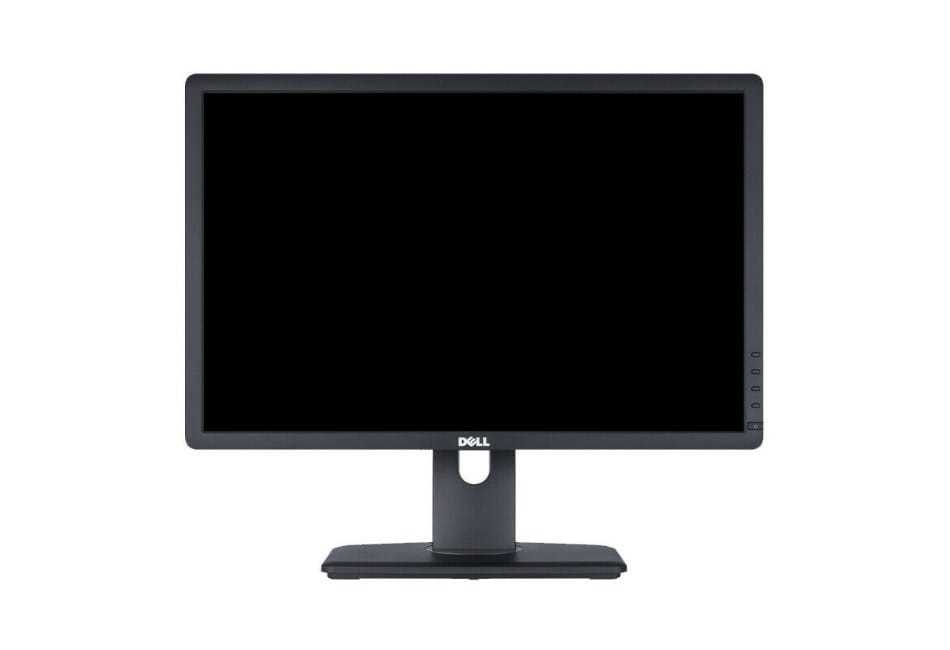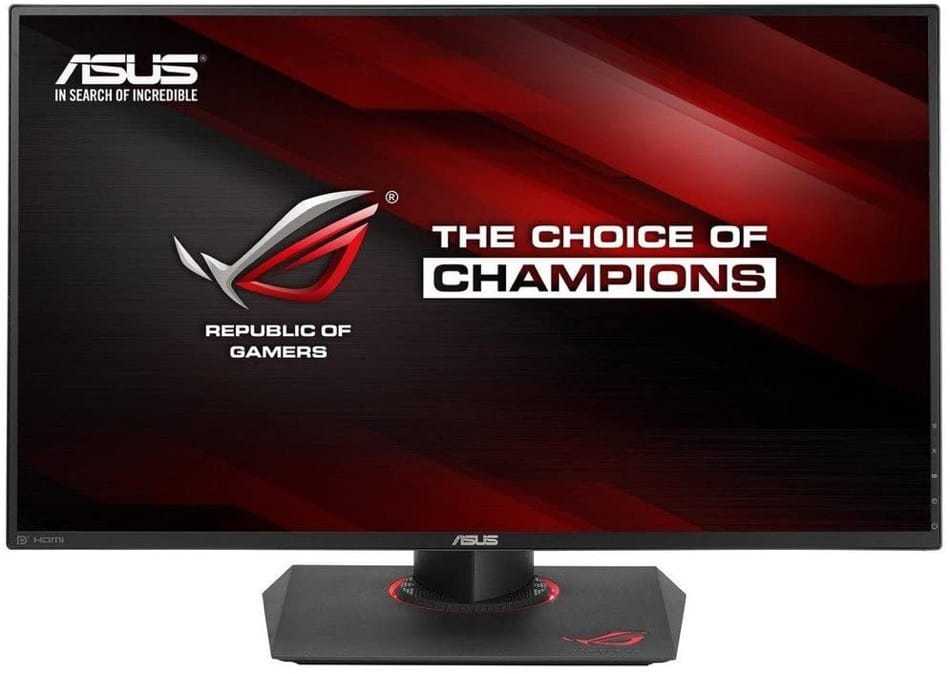Are you bored of playing your Nintendo Switch in handheld mode?
Must you wait for everybody in the house to go to sleep, or finish watching the latest Netflix hit show before you can play your favorite Nintendo Switch game on your TV?
This used to happen to me a lot until I decided to connect my Nintendo Switch to a PC monitor.
So to answer the question…
Can the Nintendo Switch connect to a PC monitor? Yes, you can connect the Switch to a PC monitor via the Nintendo Switch dock which allows you to hook up the console to a monitor, TV, or projector. To make the connection you’ll need an HDMI cable and if you have an older PC monitor you’ll have to purchase an HDMI to DVI adapter or an HDMI to a DVI cable
The process of connecting your Nintendo Switch to your PC monitor is similar to that of connecting the console to a TV.
The only difference is you’ll be connecting the HDMI cable to the PC monitor, not your TV.
Read on for a more detailed guide on how to connect your Nintendo Switch to a PC monitor.
You can also check out this amazing article on Best Gaming Monitors For Nintendo Switch.
What you need to connect the Nintendo Switch to a PC monitor

You’ll need the following 5 things to link the Nintendo Switch to your PC monitor:
- The Nintendo Switch console and its dock.
- The Nintendo Switch dock AC adapter.
- A PC monitor and its power cord.
- An HDMI cable. The Nintendo Switch comes with an HDMI cable.
- An HDMI to DVI cable or an HDMI to DVI adapter. You’ll only need one of these items if you have an old monitor. Most modern monitors have at least one HDMI port at the back. Please check your monitor to see if it has an HDMI port before purchasing an HDMI to DVI adapter or an HDMI to DVI cable. Also, you only need to buy the HDMI to DVI adapter if you specifically want to use the HDMI cable bought with the Nintendo Switch to connect to your monitor.
How to connect your Nintendo Switch to a PC monitor
Follow these simple steps and your Nintendo Switch should appear on your PC monitor within seconds.
1: Open the cover at the back of your Nintendo Switch.
2: Connect the dock’s AC adapter USB cable into the port labeled AC Adapter and connect the other end to a power source, then turn it on.
3: Plug the Nintendo Switch HDMI cable into the port labeled HDMI OUT. If you plan on using the HDMI to DVI cable you purchased, connect it to the HDMI OUT port, then close the back cover.
4: If you have a modern monitor, connect the other end of the Nintendo Switch HDMI cable to the HDMI IN Port on the monitor. In most cases, this port is found at the back of the monitor.
If your monitor is old and you’ll be using the HDMI to DVI adapter connect the Switch HDMI cable to the HDMI End of the adapter and the other end to the blue or black DVI Port at the back of your monitor.
If you’re using the HDMI to DVI cable also directly connect the other end to the DVI Port of your monitor.
5: Dock your Nintendo Switch. To do this slide the Switch into the dock with its LCD screen facing the front side of the dock. The dock’s front side has a Nintendo Switch logo on it. You’ll know the Switch is properly docked if the connector at the bottom of the dock plugs into the console.
6: Once docked remove the Joy-Con controllers from your Switch by pressing the releases button at the back of the Joy-Cons, then put on the Nintendo Switch.
7: Connect the monitor to its power cord which should be plugged into a power source and turn it on also.
Once you conclude the above steps you’ll have successfully connected your Nintendo Switch to your PC monitor, and you should be seeing your consoles display through the monitor.
If you can’t see anything on the PC monitor check to see if the cable connections between the PC monitor and the Nintendo Switch dock are firmly done.
A loose connection will keep the Switch in handheld mode until a good connection is made.
If an image still doesn’t show up, check that your monitor is switched to the correct input channel. You may need to change channels manually on monitors that have multiple inputs such as two HDMI in ports.
Also unless your PC monitor has built-in speakers you’ll not be getting any audio.
You can get audio from your Switch by connecting Bluetooth speakers or headphones to the console.
Another way to do it is by using the headphone jack at the top of the Nintendo Switch to get sound out of it.
What are the advantages of connecting your Nintendo Switch to a PC monitor?

There are several benefits of playing your Nintendo Switch on a PC monitor. Here are a few of them.
- Once I set up my Nintendo Switch to play via my 1080p PC monitor and plugged headphones into my console, I had a much better gaming experience compared to playing on TV. The picture quality was much more vibrant and there was minimal input lag.
The reason for the better picture quality is PC monitors are made for extremely high-quality picture color reproduction which allows you to enjoy beautiful graphics and low picture tearing.
- Playing on your PC monitor will also free up your TV. This means you don’t have to wait for your partner to finish watching the latest episode of Keeping Up With the Kardashians for you to play Super Mario Kart or the Legend of Zelda: Breath of the Wild.
- I love that the Nintendo Switch has 3 play modes, handheld, tablet, and big screen. While handheld and tablet mode have their advantages, playing on a bigger screen than the 6.2” 1280 x 720 LCD Nintendo Switch screen will give you the best Switch gaming experience.
The only downside I can think about for using a PC monitor as a screen is that you’ll have to sit too close to the screen if you don’t connect your headphones via Bluetooth to the Nintendo Switch.
Headset cables are usually one to two meters long, but you can buy a headphone extension cable to sort this problem.
So, as you can see, connecting your Nintendo Switch to a PC monitor is a simple process that will allow you to enjoy a better gaming experience while playing your favorite Nintendo Switch games.
Recent Posts
Maximize Your Skills: Discover the Best Resolution for Valorant
Hey there, fellow Valorant agent! Have you ever landed in a chaotic Spike Rush, prepped and ready, only to be overwhelmed by blurry enemies and indistinct surroundings? Trust me, I've been there. The...
What Is The Best Mouse Sensitivity For Valorant? Find the best setting for you!
Hey there, fellow Valorant enthusiast! Let me take you on a quick journey. I remember when I first jumped into the thrilling, fast-paced world of Valorant. I was excited, energized, and eager to show...

